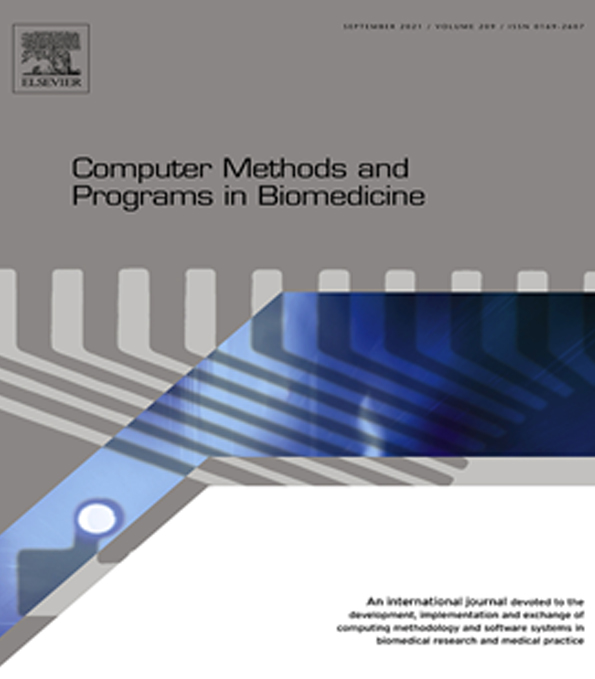
2021
Adopting low-shot deep learning for the detection of conjunctival melanoma using ocular surface images
Abstract
ckground and Objective:
The purpose of the present study was to investigate low-shot deep learning models applied to conjunctival melanoma detection using a small dataset with ocular surface images.
Methods:
A dataset was composed of anonymized images of four classes; conjunctival melanoma (136), nevus or melanosis (93), pterygium (75), and normal conjunctiva (94). Before training involving conventional deep learning models, two generative adversarial networks (GANs) were constructed to augment the training dataset for low-shot learning. The collected data were randomly divided into training (70%), validation (10%), and test (20%) datasets. Moreover, 3D melanoma phantoms were designed to build an external validation set using a smartphone. The GoogleNet, InceptionV3, NASNet, ResNet50, and MobileNetV2 architectures were trained through transfer learning and validated using the test and external validation datasets.
Results:
The deep learning model demonstrated a significant improvement in the classification accuracy of conjunctival lesions using synthetic images generated by the GAN models. MobileNetV2 with GAN-based augmentation displayed the highest accuracy of 87.5% in the four-class classification and 97.2% in the binary classification for the detection of conjunctival melanoma. It showed an accuracy of 94.0% using 3D melanoma phantom images captured using a smartphone camera.
Conclusions:
The present study described a low-shot deep learning model that can detect conjunctival melanomas using ocular surface images. To the best of our knowledge, this study is the first to develop a deep learning model to detect conjunctival melanoma using a digital imaging device such as smartphone camera.
링크 연결 : https://www.sciencedirect.com/science/article/abs/pii/S0169260721001619
출처 : Computer Methods and Programs in Biomedicine
 NEWS & BLOG
NEWS & BLOG
 NEWS & BLOG
NEWS & BLOG
